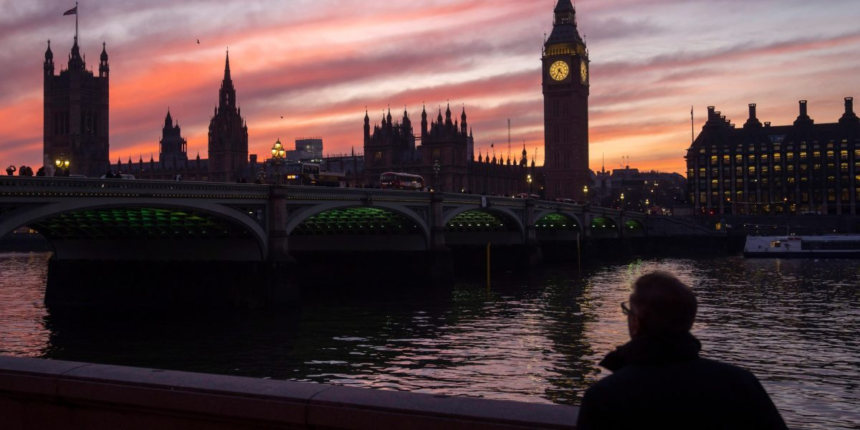For a week every October, people organizing international catch-ups and meetings on both sides of the Atlantic may be briefly confused: Did I just miss that conference call? Why is my grandmother calling me so early?
Most countries do not observe daylight saving time. And for those that do — mostly in Europe and North America — the date of the clock change varies, partly because of how time-related laws were developed in difference places.
In countries that observe the practice, clocks are set forward one hour from standard time in March to make the most of increased summer daylight hours in the northern hemisphere.
Clocks “fall back” again in the autumn to standard time.
In the U.K. and Europe, this takes place at 2 a.m. on the last Sunday in October.
But in the U.S. and Canada, clocks go back one hour at 2 a.m on the first Sunday in November.
The idea of daylight saving time had been floated for several hundred years, but didn’t become a standardized common practice written into law in many countries until the early 20th century.
Europe first adopted it during World War I as a wartime measure to conserve energy. Germany and Austria began moving their clocks by an hour in the summer of 1916. The U.K. and other countries involved in the war followed soon after, as did the United States and Canada.
Efforts were made over the years to coordinate time settings in Europe, and from 2002 all European Union member states adjusted their clocks twice yearly on the same days in March and October.
However, there has been no success in coordinating the time change more widely.
The current dates were established by Congress in 2005.
Many do not agree on the benefits of the seasonal time changes, and lawmakers in the U.S. and Europe have previously proposed getting rid of the time change altogether. So far no changes have been finalized.









